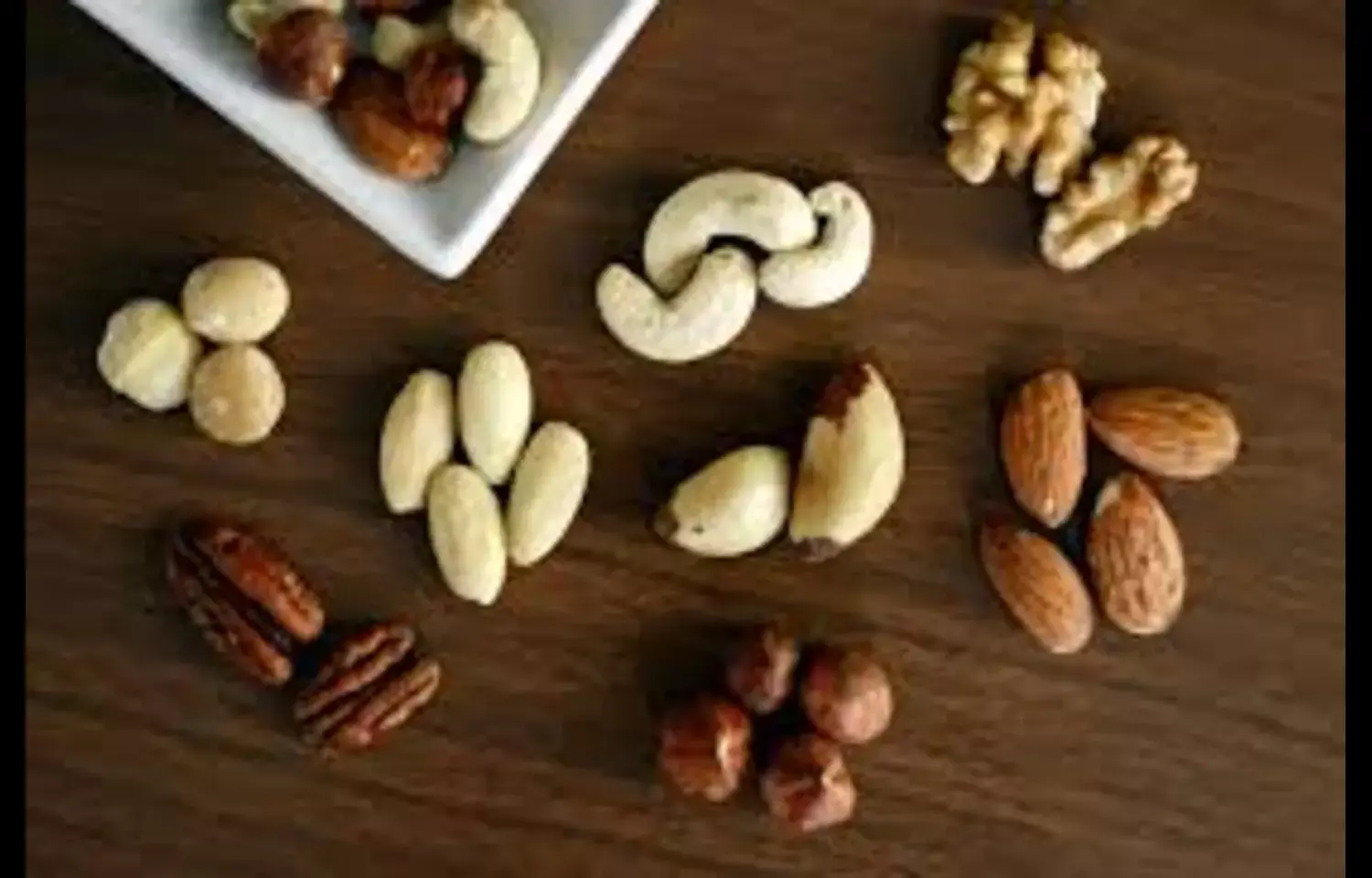- Home
- Medical news & Guidelines
- Anesthesiology
- Cardiology and CTVS
- Critical Care
- Dentistry
- Dermatology
- Diabetes and Endocrinology
- ENT
- Gastroenterology
- Medicine
- Nephrology
- Neurology
- Obstretics-Gynaecology
- Oncology
- Ophthalmology
- Orthopaedics
- Pediatrics-Neonatology
- Psychiatry
- Pulmonology
- Radiology
- Surgery
- Urology
- Laboratory Medicine
- Diet
- Nursing
- Paramedical
- Physiotherapy
- Health news
- Fact Check
- Bone Health Fact Check
- Brain Health Fact Check
- Cancer Related Fact Check
- Child Care Fact Check
- Dental and oral health fact check
- Diabetes and metabolic health fact check
- Diet and Nutrition Fact Check
- Eye and ENT Care Fact Check
- Fitness fact check
- Gut health fact check
- Heart health fact check
- Kidney health fact check
- Medical education fact check
- Men's health fact check
- Respiratory fact check
- Skin and hair care fact check
- Vaccine and Immunization fact check
- Women's health fact check
- AYUSH
- State News
- Andaman and Nicobar Islands
- Andhra Pradesh
- Arunachal Pradesh
- Assam
- Bihar
- Chandigarh
- Chattisgarh
- Dadra and Nagar Haveli
- Daman and Diu
- Delhi
- Goa
- Gujarat
- Haryana
- Himachal Pradesh
- Jammu & Kashmir
- Jharkhand
- Karnataka
- Kerala
- Ladakh
- Lakshadweep
- Madhya Pradesh
- Maharashtra
- Manipur
- Meghalaya
- Mizoram
- Nagaland
- Odisha
- Puducherry
- Punjab
- Rajasthan
- Sikkim
- Tamil Nadu
- Telangana
- Tripura
- Uttar Pradesh
- Uttrakhand
- West Bengal
- Medical Education
- Industry
Cashews Now Leading Cause of Tree Nut-Induced Anaphylaxis in Children: Study

Cashews have emerged as the most common cause of tree nut-induced anaphylaxis in children, according to a recent study published in The Journal of Allergy and Clinical Immunology (JACI). The analysis, which spanned data from 2007 to 2024, revealed a striking increase in allergic reactions to cashews, particularly among children under the age of five (Nguyen-Luu et al., 2024).
Researchers found that even tiny amounts of cashew — often less than a teaspoon — were enough to trigger severe reactions. The study observed that, unlike other tree nuts, cashews are more likely to be introduced to children at an early age through processed foods, spreads, or mixed nut products, potentially contributing to the higher sensitization rates.
The rise in cashew-induced anaphylaxis outpaced that of other tree nuts like almonds, walnuts, and pistachios. The findings stress the need for pediatricians and caregivers to be cautious during early food introductions, especially in children with a family history of food allergies.
The study also underlines the importance of food labeling and allergy awareness. With cashew being used widely in both sweet and savory packaged products, accidental exposure is becoming more frequent — especially in daycare and school environments.
Keywords: cashew allergy, anaphylaxis in children, tree nut allergy, pediatric allergy, food-induced anaphylaxis, food sensitization, nut allergy trends, Nguyen-Luu study 2024, JACI, peanut vs tree nut allergy, Nguyen-Luu, N., Clarke, A., Ben-Shoshan, M., Abrams, E. M., & Song, Y.
Dr. Shravani Dali has completed her BDS from Pravara institute of medical sciences, loni. Following which she extensively worked in the healthcare sector for 2+ years. She has been actively involved in writing blogs in field of health and wellness. Currently she is pursuing her Masters of public health-health administration from Tata institute of social sciences. She can be contacted at editorial@medicaldialogues.in.


